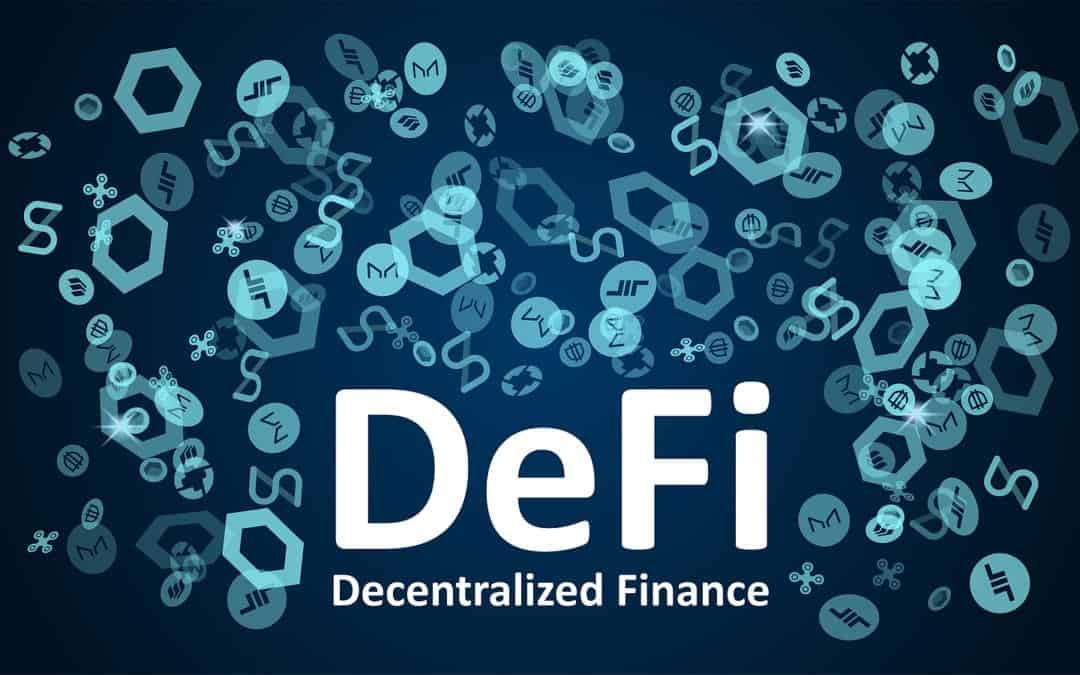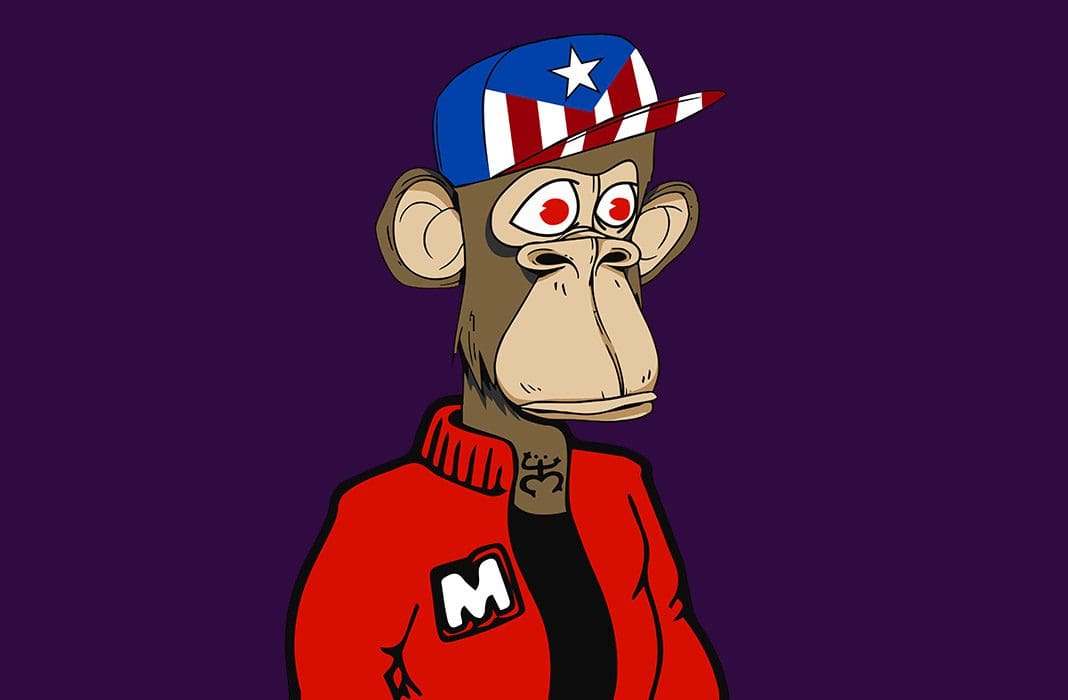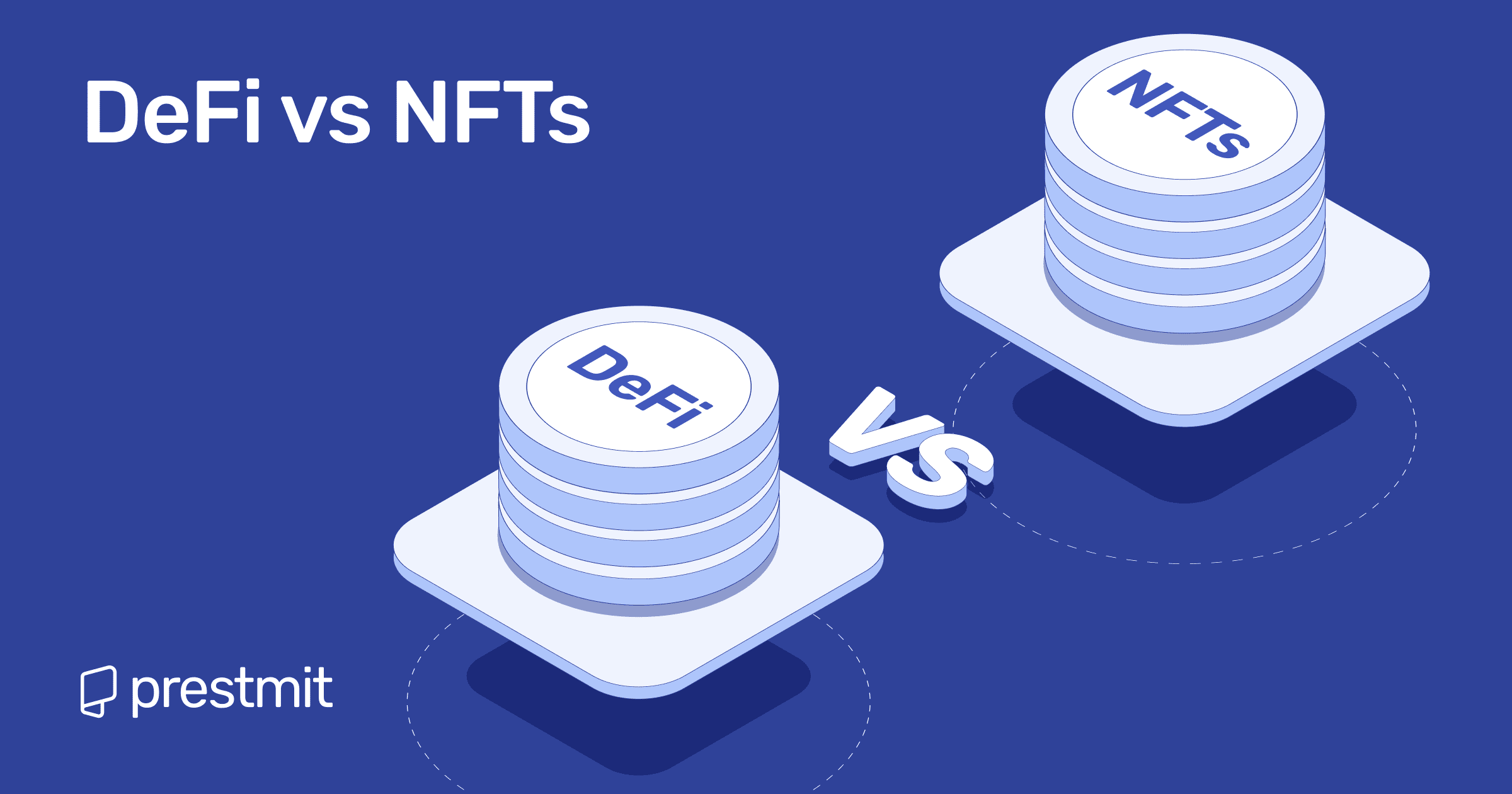Table of Contents
A financial revolution has been unfolding right before our eyes for years. You’ve probably heard the words DeFi and NFTs flying around in crypto circles and Twitter threads. They are two digital finance giants battling for the future of money.
DeFi wants to kick banks and middlemen out of finance altogether, while NFTs allow you to cash in on your creativity. Both started as small blockchain experiments but have since grown into global movements shaking the foundations of traditional finance.
But which one really holds the future of money? Let’s break it down in simple terms, from what each means to how they’re changing the global economy.
What Is DeFi?

DeFi, short for Decentralized Finance, is a blockchain-based system that introduces a new way to handle money. It allows you to borrow, save, trade, and even earn interest directly on the blockchain, using code instead of people.
The idea took off around 2018 when Ethereum introduced smart contracts (tiny programs that automatically execute financial transactions once certain conditions are met). In simple terms, DeFi replaces paperwork and bankers with automated programs that handle money straight from your crypto wallet.
You can lend crypto and earn interest or swap tokens in seconds. It’s open, transparent, and global; anyone with an internet connection can use it.
But it’s not perfect. A single bug or hack can lead to huge losses. Prices can swing wildly, and many countries are still figuring out how to regulate them.
Still, billions of dollars are locked in platforms worldwide, and that number keeps growing every day.
What Are NFTs?

NFTs, short for Non-Fungible Tokens, are digital assets that prove ownership of something unique, like art, music, game items, or even tweets, all stored on the blockchain. Each NFT is one-of-a-kind, making it perfect for proving authenticity or access in a digital world.
In simple terms, an NFT is a digital certificate that says, “This specific item belongs to you, and no one else.”
NFTs blew up around 2021, but their use goes far beyond art. Today, they power gaming (like Axie Infinity), virtual real estate, and digital identity verification (POAP). They let creators earn directly from fans and even get royalties when items are resold.
The NFT market can be volatile, prices rise and fall fast, and scams exist. Still, NFTs have opened the door to a new kind of digital economy where creativity itself has become a tradable asset.
DeFi vs NFTs: The Difference
DeFi and NFTs both live on the blockchain, but they serve very different purposes. One focuses on moving money, the other on proving ownership of unique assets.
To give you a clearer picture, here’s a quick side-by-side look:
| Feature | DeFi | NFTs |
| Core Idea | A decentralized financial system that removes banks and intermediaries | Digital proof of ownership for unique assets |
| Main Function | Allows users to lend, borrow, trade, and earn interest using crypto | Allows users to buy, sell, or prove ownership of digital items |
| Technology Used | Smart contracts on blockchains like Ethereum, Solana, and BNB Smart Chain | Tokens built on blockchain standards like ERC-721 and ERC-1155 (used on Ethereum, Polygon, and others) |
| Value Type | Fungible: Every token of the same type has equal value | Non-fungible: Every token is unique and cannot be exchanged one-to-one |
| Users | Investors, traders, borrowers, and lenders | Artists, collectors, gamers, and creators |
| Goal | To build an open, borderless financial system | To turn creativity, identity, and ownership into assets |
| Market Potential | Could reshape global finance by offering faster, cheaper, and borderless alternatives to traditional banking | Could revolutionize trillion-dollar industries like art, entertainment, and real estate through digital ownership |
| Risks | Hacks, smart contract bugs, market volatility, and regulatory uncertainty | Scams, market hype, illiquidity, copyright issues |
How Does DeFi Impact Finance?
1. Providing financial inclusion for the unbanked
DeFi is expanding access to finance on a global scale. In regions where opening a bank account requires endless paperwork or isn’t even possible, DeFi lets anyone participate with just a phone and internet connection. Millions who were once excluded from traditional finance can now save, borrow, and invest directly on the blockchain.
2. Making transactions faster and cheaper
DeFi is breaking down financial borders. What once took days and high bank fees now happens in minutes and costs just cents. For freelancers, remote workers, and families sending money across countries, that kind of speed and affordability changes everything.
3. Replacing trust with transparency
DeFi is taking trust out of the equation by making everything visible. Every transaction is recorded on a public blockchain, meaning no hidden fees, no shady intermediaries, and no frozen accounts. You stay in full control of your funds, and you don’t need to take anyone’s word for it.
4. Creating new ways to earn
DeFi is giving people more financial independence. Users can put their crypto to work and earn interest by lending out digital assets or staking them to help run blockchain networks. It’s like earning interest from a savings account, but without the middleman.
5. Driving innovation in global finance
DeFi is forcing the old system to evolve. From automated lending platforms to decentralized exchanges, its ideas are inspiring banks and fintech companies to rethink how they operate. Even if DeFi doesn’t replace traditional finance, it’s already rewriting the playbook.
How Do NFTs Impact Finance?
1. Providing digital ownership and authenticity
NFTs are giving digital assets true market value. Before NFTs, owning a digital file didn’t mean much; anyone could copy it. Now, NFTs make ownership verifiable, allowing people to buy, sell, and trade digital items like real assets. That shift has turned digital art, collectibles, and in-game items into a new class of financial products.
2. Creating new income streams for creators
NFTs are transforming how artists, musicians, and writers earn. Instead of relying on middlemen like galleries or labels, creators can sell their work directly to fans and get paid every time it’s resold.
3. Turning collectibles into investments
NFTs are changing how people think about collectibles. Digital art, game items, and virtual land are no longer just fun; they’re now valuable assets that can appreciate over time. For investors, that’s an entirely new kind of market to explore.
4. Connecting real-world assets to the blockchain
NFTs are bridging the gap between the digital and physical worlds. Homes, luxury items, and event tickets can all be represented as NFTs, allowing instant transfers and proof of ownership. This makes buying, selling, or verifying real assets simpler and faster than traditional paperwork.
5. Driving innovation across industries
NFTs are sparking creativity across industries. Banks, game developers, and entertainment companies are experimenting with NFT-based systems for identity, loyalty, and access. The ripple effect goes far beyond art; it’s a creative wave that’s reshaping how we think about value and ownership everywhere.
Could DeFi and NFTs Work Together?
Yes, DeFi and NFTs could work together, and they already are. Projects that combine DeFi and NFTs are building a hybrid financial ecosystem.
They might seem like they belong in different corners of crypto, but when they meet, the possibilities are endless. NFTs can now be used as collateral for loans on DeFi platforms, meaning you can borrow crypto without selling your digital art or collectibles. Some projects even let you stake NFTs to earn rewards, combining creativity with passive income.
Then there’s fractional ownership, where one NFT is split into smaller tradable pieces, so more people can invest in high-value assets without breaking the bank. And as NFTs start to represent real-world items like property or event tickets, DeFi steps in to make those assets easier to trade, lend, or insure.
Together, they’re shaping a new digital economy, one where ownership meets opportunity, and your assets can both hold and earn value.
In essence, DeFi provides the tools, and NFTs provide the assets. Together, they’re shaping a new digital economy, one where ownership meets opportunity, and your assets can both hold and earn value.
Frequently Asked Questions (FAQs) on DeFi vs NFTs
Can I invest in both DeFi and NFTs at the same time?
Yes, you can invest in both at the same time. Many investors diversify by holding DeFi tokens for stable, yield-generating income while also collecting NFTs with long-term creative or cultural value.
Which is riskier, DeFi or NFTs?
Both come with different risks, but overall, NFTs are the riskier bet. Their value depends heavily on market hype and trends, so prices can swing overnight.
DeFi is generally more stable once you understand how platforms work, though it faces technical risks like hacks, bugs, and regulatory changes.
Which is more profitable, DeFi or NFTs?
The more profitable option depends on your goals, strategy, and timing. NFTs can deliver quick, high returns but are unpredictable, while DeFi usually offers steadier, long-term earnings through staking, lending, or yield farming.
What’s the best way for a beginner to start with DeFi or NFTs?
Start small. For DeFi, explore trusted platforms like Aave, Compound, or Uniswap using small amounts. For NFTs, try marketplaces like OpenSea or Blur, but only buy what you understand and believe has value.
Can NFTs and DeFi be used in the real world?
Yes, they are both already being used in the real world. NFTs are being tied to real-world assets like real estate, music royalties, and event tickets. DeFi is being used for borderless loans, savings, and remittances.
Conclusion
DeFi and NFTs aren’t rivals, they’re two sides of the same revolution. One is building a new financial system; the other is redefining ownership in the digital world. And as DeFi and NFTs continue to intersect, the lines between money and ownership blur even further.
The real question isn’t which will win; it is how soon you’ll be ready to join the shift.
Last updated on October 8, 2025

